Minerals and Microbes: Remineralization on the Isle of Jersey
Glyn Mitchell carrying hemp grown at Jersey Hemp.
The island of Jersey juts out of the English Channel just off the coast of Normandy, France. The people who live there don’t consider themselves part of the UK any more than they consider themselves part of France. It should come as no surprise, then, that the people of Jersey are taking their own approach to managing the natural resources that make the island unique in fighting climate change.
One of the people at the forefront of moving Jersey toward a more sustainable future is Glyn Mitchell, a carbon farmer with the Carbon Farm Project. The project is part of Jersey Hemp, the first British-grown CBD brand which cultivates, processes and extracts CBD from industrial hemp plants. Farming carbon for a living is a natural extension of Glyn’s passion for healthy, fertile soils. Previously, Glyn founded the Credible Food Project which promotes Jersey’s ecological potential through soil regeneration.
Although Jersey is one of the largest Channel Islands, it’s only about 45 square miles. Half of that land is under cultivation. However, in many places traditional agricultural practices and natural processes have depleted the soils. Depleted soils are not only less productive, but they also store less carbon than healthy soils.
Glyn recognized this as an opportunity for regenerative agriculture to have an outsized impact on the island. Not only could he help farmers increase their productivity, but he knew he could also fight climate change by letting science guide the process.
What does a carbon farmer do?
The purpose of the Carbon Farm, Glyn says, is “to farm as much CO2 out of the atmosphere into the soil as possible, in the quickest time possible to reenergize the soil as fast as possible.” He is quick to point out that it’s a self-sustaining business, not a non-profit. Farmland that would otherwise lie fallow is planted with hemp. The hemp is sold through the Jersey Hemp Company, and the earned carbon credits are sold to local businesses to offset their carbon emissions. The project was very successful in its first year, tripling production levels. The initial success of the project is a testament to the potential of regenerative farming practices. Before the start of the project, “the energy was just not present in the soil to grow hemp.”
The Carbon Farm Project maximizes carbon sequestration (the removal and storage of atmospheric carbon dioxide) by working with local farmers. The project has successfully sequestered anywhere from 2 to 7 tons of carbon dioxide per acre per year. Jersey is committed to being carbon neutral by 2030. The Carbon Farm helps businesses earn carbon offsets to meet that commitment.
Working together with farmers
Glyn works with farmers to understand the resources they have at their disposal such as land, equipment, and employees. His approach depends on the context, such as whether the farmer uses conventional or organic agricultural practices. Any project must also adhere to local laws and regulations. The commitment is long-term, with each project expected to last three years, although results may be realized much faster than that.
Regenerative agriculture helps fight climate change by reducing the amount of carbon dioxide in the atmosphere. Plants absorb carbon from the air and convert it into sugars through photosynthesis. About 30% of a plant’s carbon is stored above ground in stems and leaves. Another 30% is stored below ground in the roots. The remaining 40% is shared with the microbes in the soil biome surrounding the root system. The choices made by the farmer determine how much carbon is successfully sequestered. Glyn educates farmers about their choices and promotes methods that enhance carbon sequestration.
For example, farmers lose 30% of their carbon storage potential when they harvest plants for animal feed (unless the manure is subsequently added back to replenish the soil). They lose another 30% if they plow up the roots of the plants after harvest. Tilling also destroys the soil biome—the microbes. Through these practices, all of the carbon storage potential in the soil is lost.
In order to change that, Glyn looks at four different components within his control: the carbon energy going into the soil, supplemental minerals in the form of rock dust, supplemental organic carbon, and Dr. Elaine’s™ Soil Food Web approach (i.e. living carbon).
The soil food web
The soil food web refers to the community of life living in the soil including plants, microbes, worms, insects, and animals. It’s referred to as a food web instead of a food chain because the relationships between members in the soil community are complicated – each member affects the community in multiple ways. Glyn respects the complexity of the soil food web by ensuring the entire community is healthy and working together synergistically. It involves a three-step approach. First, identify which microorganisms are missing from the soil. Next, restore and nourish these populations by adding compost and mineral nutrients (e.g. from rock dust). Finally, ensure sustainability by adopting natural farming techniques that preserve the soil biome.
When minerals and microbes work in tandem with plants, the entire biome is healthier. The plants are better protected against pests, and soil chemistry favors crop plants over weeds—thus reducing or eliminating the need for pesticides and herbicides. This is because plants and microbes engage in a type of chemical signalling called quorum sensing which affects gene regulation in the microbes. This is the system by which plants stimulate microbes in the soil to produce the right nutrients at the right time throughout the growth cycle.
For example, hemp prefers nitrogen in the form of nitrate during its initial growth period, but switches its preference to ammonium for flowering. The use of chemical fertilizers would require hemp farmers to reapply fertilizer in order to account for the crop’s changing needs during the growing cycle. However, natural mineral fertilizers such as rock dust already contain all the raw materials the plant needs. With these minerals in the soil, the plant can use quorum sensing to encourage soil microbes to convert these minerals into bioavailable forms exactly when the plant needs them most.
According to Glyn, quorum sensing is nature’s design. “She knows how to do it, and we’ve just got to use everything we’ve got in our armory to make this happen, and it can happen incredibly fast.” Using this approach, Dr. Elaine claims to achieve results in months, not years.
Well-fed microbes are the key to success
Soils are created through the process of succession, starting from raw rock material and progressing through fertile “forest” soil. Plants, microbes, and minerals work in harmony when soils are healthy. Plants provide sugars and carbon through their roots to feed beneficial microbes in the soil. The microbes break down minerals in the soil and convert dissolved ions into nutrients. These nutrients are then available for absorption by the plant.
Soils become depleted when nutrients are removed from the soil but not replaced. This can occur through aggressive tilling, harvesting of the above ground plant material, or erosion through wind and water. This use of chemical fertilizers further hampers long-term productivity and speeds up the loss of carbon from the soil.
Soil analytics determines which nutrients are available in the soil and which are depleted. Minerals serve as food for the microbes. Making sure the correct mineral nutrients are available is essential to restoring a functional soil biome. “There’s no point in putting the microbes down if there’s no food for them.”
Understanding the soil composition and microbe biodiversity allows Glyn to tailor his approach to the specific needs of each plot of land under cultivation. After he identifies soil deficiencies, he can decide which minerals, if any, to add to the soil. Without the correct blend of minerals, the microbes, and consequently the plants, won’t thrive. However, Glyn has found that in healthy soils, adding more minerals does not result in as dramatic an improvement as we see in depleted soils, but it also doesn’t hurt the plants, unlike over fertilizing with synthetic fertilizers.
Fertilizing the planet
For his rock dust applications, Glyn uses a product from REMIN (Scotland) Ltd. REMIN is the brainchild of Jennifer Brodie who founded the company in 2014 and currently serves as the Technical Director there. Jennifer founded REMIN after spending ten years at the SEER Centre which pioneered the use of rock dust for soil remineralization in Scotland.
REMIN is highly effective for remineralizing depleted soils because of the volcanic rock from which it’s sourced. While Scotland is not currently volcanically active, hundreds of millions of years ago, it was. This period in Scotland’s geologic history left behind layers of igneous rocks called basalt. While the composition of basalt varies from location to location, the basalt in Scotland has an ideal mix of minerals for use in regenerative agriculture.
According to Jennifer, Glyn is making progress in terms of increasing public awareness of the value of remineralizing soils. While many people have heard of rock dust, some are still skeptical of its use. The older perspective of organic farming missed the importance of soil mineralization. “There’s another way of doing things,” Jennifer says. “There’s a tool here we’re not using.” People like Glyn are helping to change that.
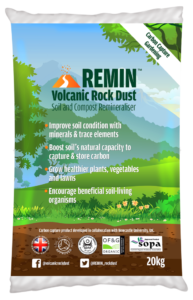 Glyn’s work at the Carbon Farm demonstrates the commercial viability of regenerative farming practices. However, professional growers have been slow to adopt remineralization on a large scale. But as interest in modern organic farming grows, so too does the body of evidence in support of the vital role of remineralization. Dr. David Manning at the University of Newcastle is one researcher at the forefront. He is currently investigating how minerals in the soil store carbon and supply plants with nutrients.
Glyn’s work at the Carbon Farm demonstrates the commercial viability of regenerative farming practices. However, professional growers have been slow to adopt remineralization on a large scale. But as interest in modern organic farming grows, so too does the body of evidence in support of the vital role of remineralization. Dr. David Manning at the University of Newcastle is one researcher at the forefront. He is currently investigating how minerals in the soil store carbon and supply plants with nutrients.
Amateur gardeners are less concerned about why remineralization works than with the results they see in their own gardens. So far, their results with REMIN volcanic rock dust have been impressive. While Jennifer gets a lot of business through word of mouth, some of her customers have good reason to keep quiet. “They’re very competitive,” she says. They don’t want to reveal that REMIN volcanic rock dust is the secret to their prize-winning results!
Moving toward a greener future
Glyn Mitchell’s work with the Carbon Farm Project on the island of Jersey is part of a wider movement toward a more sustainable future for Jersey. In 2020, the Government of Jersey in conjunction with EarthWatch conducted a survey of young people (ages 15 to 22) on the island. 78% of the 659 respondents said they were worried or very worried about climate change. One respondent said, “This whole thing scares the life out of me.” Unsurprisingly, 88% of those surveyed support or strongly support the Government of Jersey’s commitment to carbon neutrality by 2030. This is their future. Glyn’s work will help ensure a healthier, greener Jersey for them to inherit.
Debbie Patskowski is a senior petrophysicist and freelance writer on Medium, covering such topics as geology, science, and space exploration. Her professional areas of expertise include identification of minerals, rock types, and pore fluids using remote sensing (borehole) measurements. She has a BS in Geology and Environmental Sciences from Stanford and an MBA from the German University in Cairo. She and her husband live in Colorado where she enjoys running and hiking in the Rocky Mountains.
Support us on Patreon
Thank you for joining us today! Please become a member of RTE and support us on Patreon. Unlike many larger organizations, we work with a team of determined and passionate volunteers to get our message out. We aim to continue to increase the awareness of remineralization to initiate projects across the globe that remineralize soils, grow nutrient dense food, regenerate our forests’ and stabilize the climate – with your help! If you can, please support us on a monthly basis from just $2, rest assured that you are making a big impact every single month in support of our mission. Thank you!

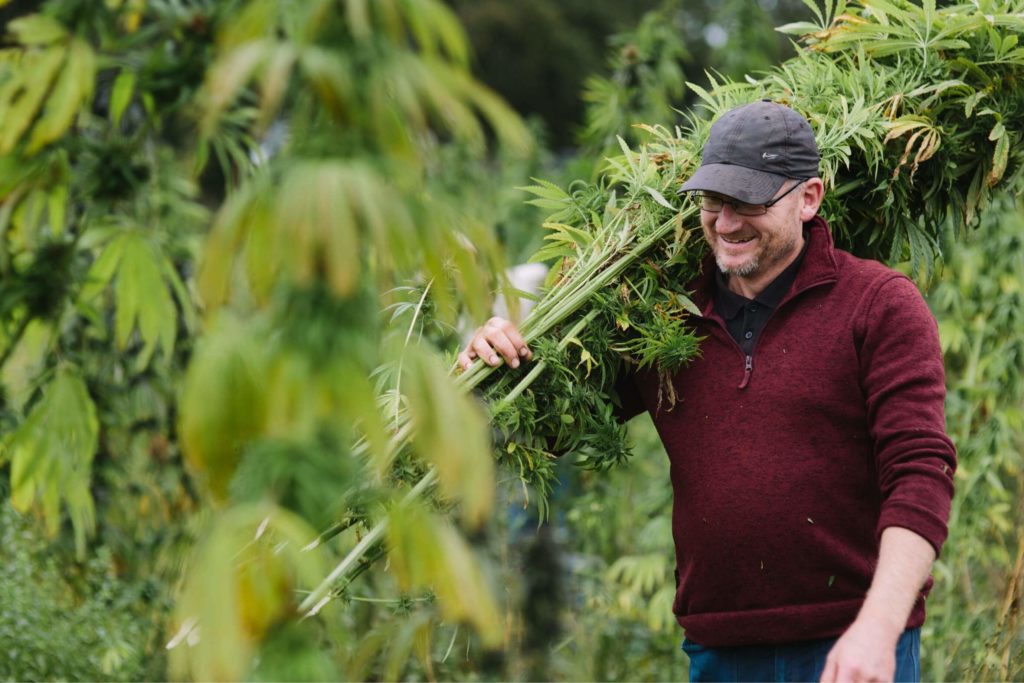
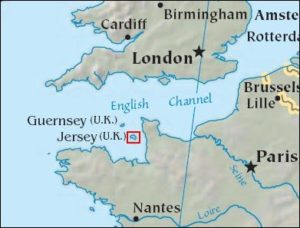
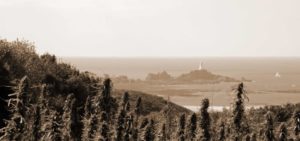
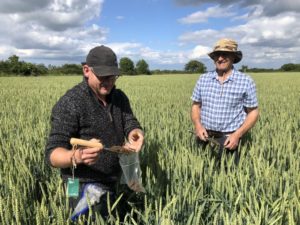
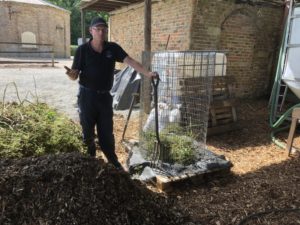
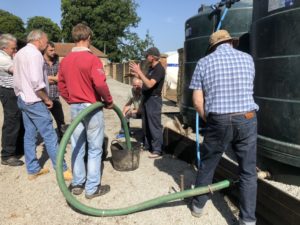
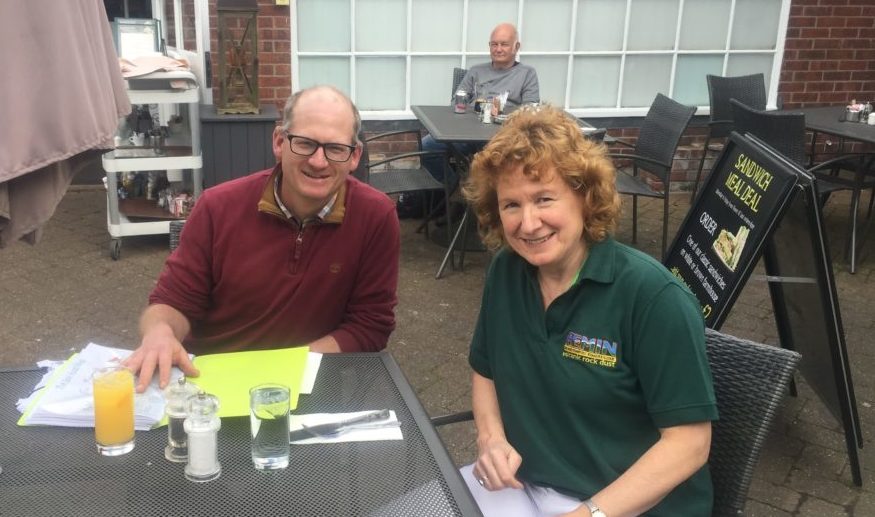






Got something to say?